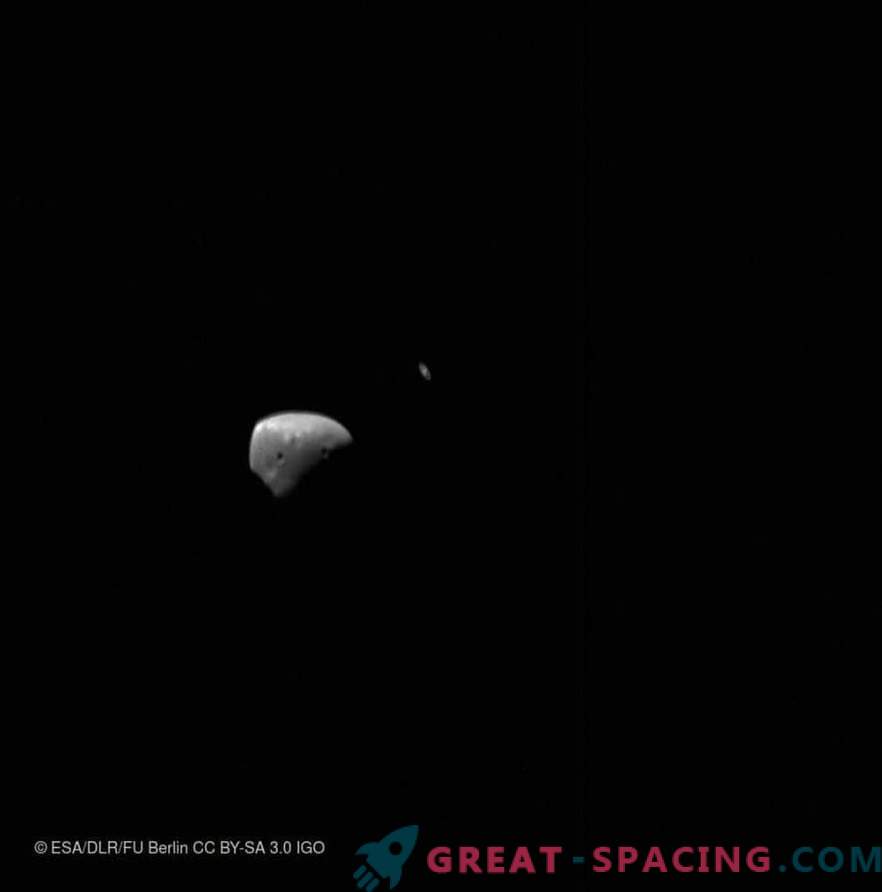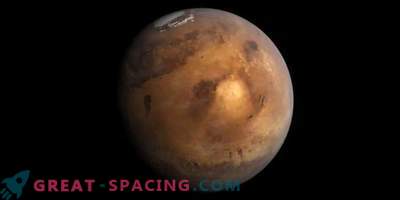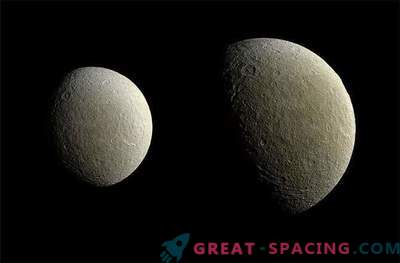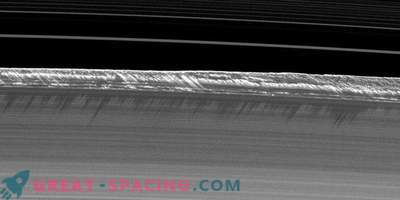
The image was received in stereo at high resolution on September 12, 2017 during the Mars Express orbital flyby.
New data from the Mars Express show the Martian satellites Phobos and Deimos drifting against Saturn. It's about tiny moons. Scientists have information about the size, appearance and position due to devices like Mars Express NASA. But there are still riddles. What are they made of? Is it possible to lower the apparatus on their surface?
Mars Express has been studying Mars and its moons for many years. Recently, the device has sent new videos and pictures of Phobos (diameter - 26 km) and Deimos (6.2 km). The video combines 30 images in the form of individual frames. Phobos runs against the backdrop of the giant planet Saturn, a billion km distant (a small dot in the background).
Accurate Positioning
Mars Express is located near the Red Planet for more than 14 years. Although there are rovers on the planet itself, it is the orbiter that allows you to look at the whole picture.
We managed to get the pictures on November 26, 2016 using a high resolution stereo camera Mars Express. The vehicle moved at a speed of 3 km / s when it received this review. He had only a few seconds to display Phobos flying past. Researchers are constantly updating information about the location of satellites, observing them against the background of stars and comparing with other bodies in the system. Calculations must be accurate to several kilometers.
Surface Examination
These images are important for the study of the surface and lunar structure. Also, the device received images of Phobos against a control star on January 8, 2018, its close-up on September 12, 2017 and a picture of Deimos against Saturn on January 15, 2018.

These 5 frames were obtained using 5 different channels of high resolution stereo camera Mars Express on September 12, 2017: nadir (central), two photometry (left and right of the center) and stereo channels (left and right). In each of the images, another part of the satellite surface is shown to improve the shape models.
The surface of Phobos was able to display during the next flights. Visible bumpy and dug surface. One of the largest craters is also noticeable, with a diameter of 9 m. The satellite is always turned to the planet by the same side, which means that you need to perform many fly-overs to create a complete map. Deimos is seen in the foreground against the backdrop of the rings of Saturn. It is located farther from the planet: Phobos is 6,000 km distant, and Deimos 23,500 km.

This image of Saturn and Deimos was obtained on January 15, 2018 with a high resolution stereo camera Mars Express. In the foreground - a 6.2-kilometer satellite, and on the background you can see the rings of Saturn
Future Martian Missions
The Martian system still harbors many mysteries. Especially many questions arise to the satellites, namely, their origin and composition. They are close to the planet, so they can become objects of research.
Phobos has already been considered as a place for landing and sample extraction. It can also be a wonderful observation post over the Red Planet. Therefore, Mars Express continues to obtain information to provide it with future missions.











































